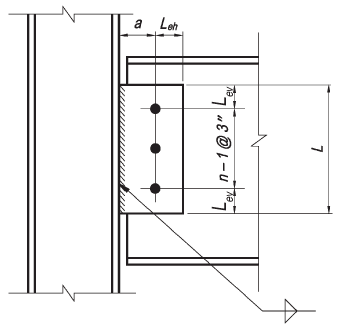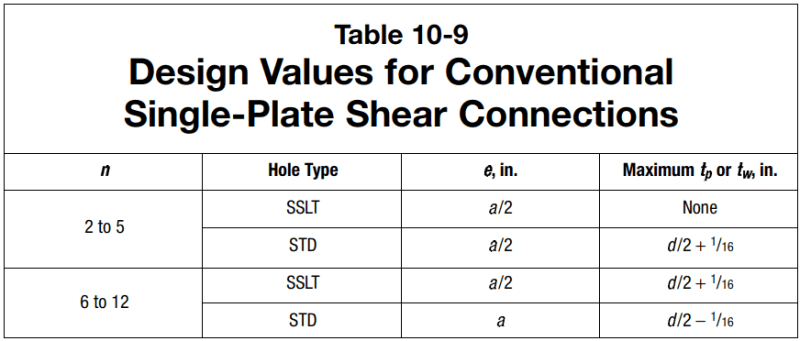Veer007
Civil/Environmental
- Sep 7, 2016
- 379
Hello Guys, I have a suspicion, As I saw in the contract dwg, is it mandatory to provide "SSLH" on a single plate connection?

Indicated as "short slotted holes shall be used"
Thanks in advance!!

Indicated as "short slotted holes shall be used"
Thanks in advance!!

